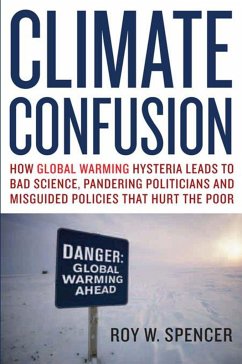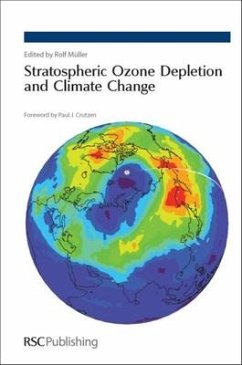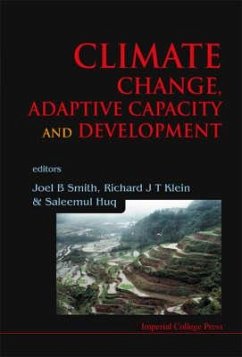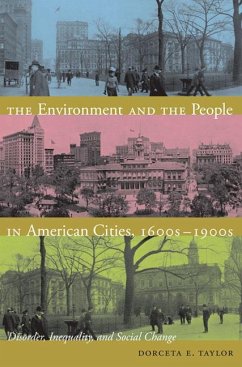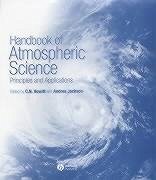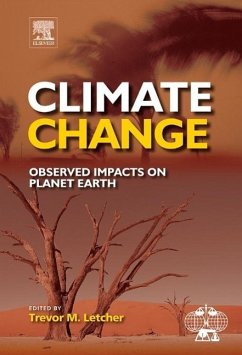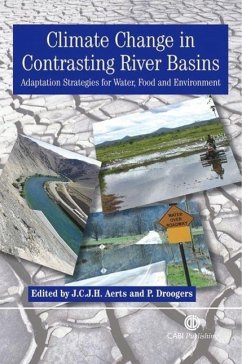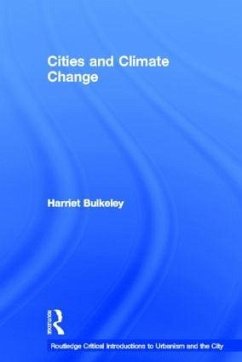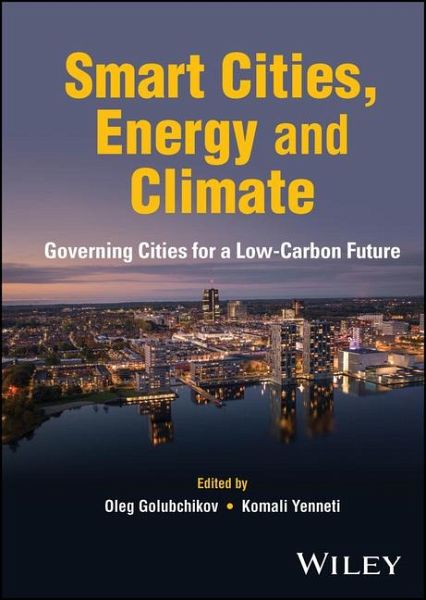
Smart Cities, Energy and Climate
Governing Cities for a Low-Carbon Future
Herausgeber: Golubchikov, Oleg; Yenneti, Komali
Versandkostenfrei!
Versandfertig in über 4 Wochen
94,99 €
inkl. MwSt.
Weitere Ausgaben:

PAYBACK Punkte
47 °P sammeln!
Collective insight of key thought leaders in the field to clarify and reshape the vision of smart cities Smart Cities, Energy and Climate: Governing Cities for a Low-Carbon Future is a seminal work that draws together insights and case studies on post-carbon urbanism across a variety of fields--from smart energy grids to active buildings, sustainable mobility and urban design. Another objective is to foster an understanding of how digitally-enhanced smart city solutions can assist energy transitions, and what new developments and challenges they bring in areas ranging from urban governance to ...
Collective insight of key thought leaders in the field to clarify and reshape the vision of smart cities Smart Cities, Energy and Climate: Governing Cities for a Low-Carbon Future is a seminal work that draws together insights and case studies on post-carbon urbanism across a variety of fields--from smart energy grids to active buildings, sustainable mobility and urban design. Another objective is to foster an understanding of how digitally-enhanced smart city solutions can assist energy transitions, and what new developments and challenges they bring in areas ranging from urban governance to energy security. Key topics covered in this book include: * Recent developments in urban planning, building design and smart technologies * Urban-scale digital platforms and innovation for clean energy systems, energy efficiency and net-zero policies * Socio-technical and political relationships in climate-neutral cities and smart cities * Context-rich, situated perspectives from Europe, Africa and Asia Smart Cities, Energy and Climate serves as a primary reference for scholars, students and policy makers interested in the conceptual, technical, economic and political challenges associated with the transition towards a smart and sustainable urban future.





